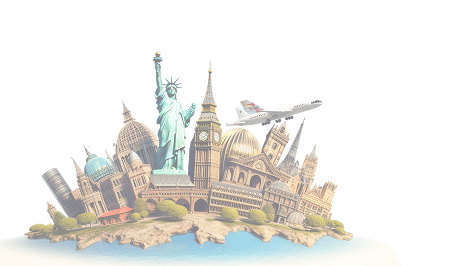Brief :
Learning Outcomes
LO1. Compare and contrast between the role of a Leader and the Manager.
LO2. Examine the role of leader and the function of Manager in a Marks & Spencer.
LO3. Identify the role of a leader and manager which plays significance role in the effective functioning of an organisation.
LO4. Analyse the interrelationship between leadership and management in a contemporary business environment.
Task 1 (Covering LO1 & LO2)
Scenario
As a management consultant of Marks & Spencer. You are required to inspire own place of work if required. The CEO of the organisation is expected to identify the role of managers and functions in various situation which is required for the management of the organisation. You are needed to relate the theories and methods in leadership and management to apply in the organisation of your choice.
Address the following questions:
- Brief introduction to the organisation and its management structure.
- Definition of manager and leader and their roles and responsibilities in the organisation.
- Evaluate the differences of managerial functions and leadership roles by effectively applying a variety of management theories and concepts.
- Provide suitable examples of different situations in your organisation and explain how the roles of leader and functions of manager in those business environments.
- How various management and leadership theories support growth and development of Marks & Spencer.
- What are the strengths and weaknesses of various theories and methods. Identify the relevancy of these theories in the achieving the desired outcome.
- Conclude the impact of leader and the manager in the future improvements of your organisation.
Task 2
Scenario
After the final submission of first report on the role of management and leadership, the CEO of M& S Ltd. And now asked to report on the best methods and practices pertaining to operational management of the organisation. This report will consist of 1500 words which will cover the leadership and management teams in the overall success of an organisation. You are required to identify the external business factors which may impact the operational management and the decision-making process of the organisation.
You must include the following issues:
- Introduction of the operational management of your organisation and key approaches implemented by the organisation.
- Examine the roles and responsibilities of managers and the leaders in effective management of the organisation.
- Identify the significance and value of the key methods to operations management in sustaining growth and objectives of the organisation.
- Analyse the impact of external business environment factor which may impact the decisions of the managers and the leaders.
- Assess how managers and the leaders could be effective in improving the operational efficiencies to successfully meeting the overall objectives of the organisation.
- Conclude and suggest the future improvement that can be implemented by the organisation.
Learning Outcomes and assessment criteria
|
Pass |
Merit |
Distinction |
|
LO1. Compare and contrast between the role of a Leader and the Manager. |
LO1 & LO2 D1. Critically examine the different theories and methods to leadership in an organisation. |
|
|
P1. Defines and contrast between roe and functions of leaders and a manager. |
M1. Assess the differentiate between the role of a leader and functions of manager by effectively dealing with the range of theories and models. |
|
|
LO2. Examine the role of leader and the function of Manager in a Marks & Spencer. |
||
|
P2. Provide an example of how the role of leaders and the function of manager apply in different situations. |
M2. Analyse the strength and weaknesses of various approaches to situations within the work environment. |
|
|
P3. Examine the different theories and models of approach including situational, system and contingency leadership. |
||
|
LO3. Identify the role of a leader and manager which plays significance role in the effective functioning of an organisation. |
LO3 & LO4 D2. Critically evaluate the application of operations management and forces that impact the business environment. |
|
|
P4. Examine the core approaches to operations management and the role that leaders and managers exercise in an organisation. |
M3. Analyse how leaders and managers can improve the efficiencies of operational management to meet the overall objectives of business. |
|
|
P5. identify the significance and core ideas of operations management in achieving Business objectives in context to an organisation. |
||
|
LO4. Analyse the interrelationship between leadership and management in a contemporary business environment. |
||
|
P6. Identify the forces within the business environment which may impact upon the operational management and decision-making power of the leaders and managers of the organisation. |
M4. Evaluate how different factors may affect the business environment in a wider sense. |
|
You can also check out:-























